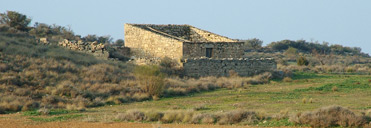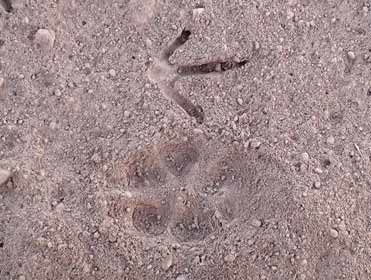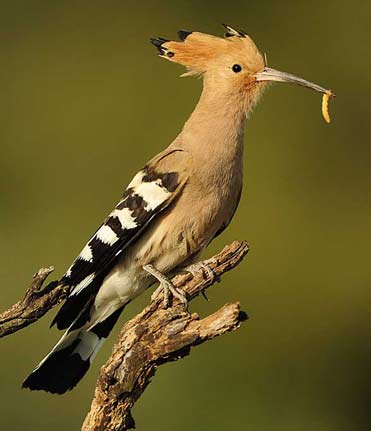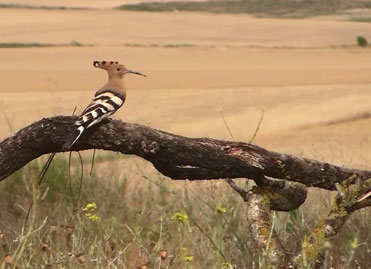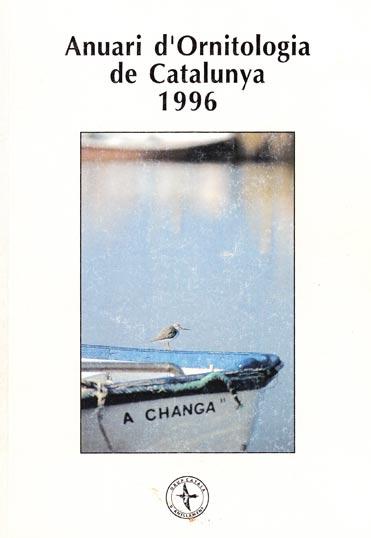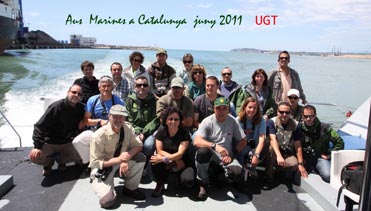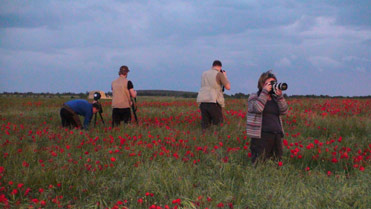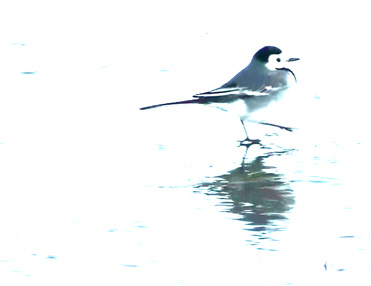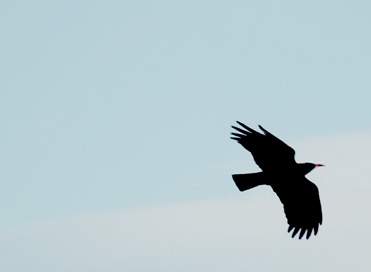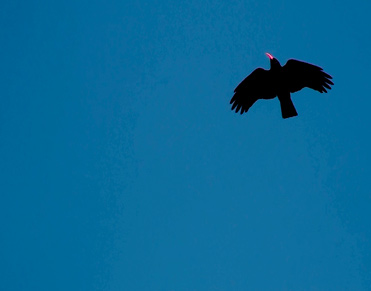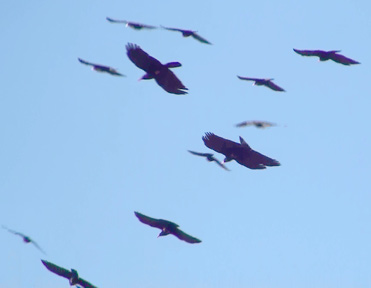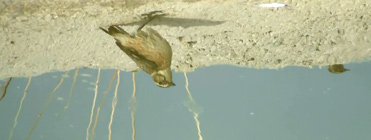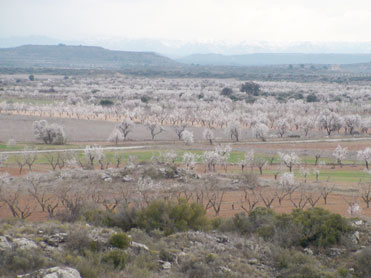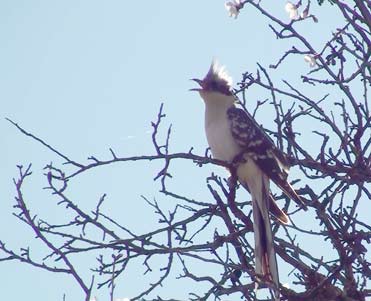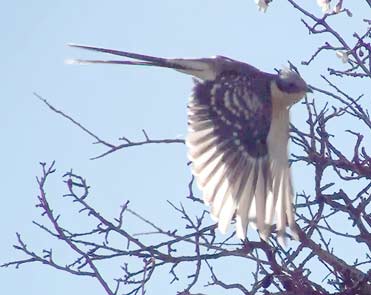This is an excerpt of
The Montsonís Bonelli’s Eagles
Montsonís is a tiny village that clings to a hillside on the edge of the rocky Montsec range in Lleida province, Catalonia. For many years now I have been guiding birders there to enjoy thrilling views of the resident Bonelli’s Eagles*, and with great success.
….after enjoying views of the eagles we can then all saunter along to Montsonís itself, and have refreshments, a cup of tea or coffee perhaps, while admiring the village’s cobbled streets and the distinguished castle.
I was particularly concerned that something might happen to the Montsonís eagles. I’m a conservationist, and I don’t want the eagles to disappear, full-stop.
… the Montsonís Bonelli’s Eagles hadn’t reared a chick successfully since 2005.
… it was in our hands to do something. So we recruited Ramon. With his regular walks from Montsonís up to the “sacrificial stone” we set in motion a supplementary feeding program with feral pigeons, caught from castles…
Our efforts bore their fruits. Ramon lost a few pounds, there are no more feral pigeons at Montsonís or even nearby Montclar castle, and the local pair of Bonelli’s Eagles raised a healthy chick for the first time in 6 years!
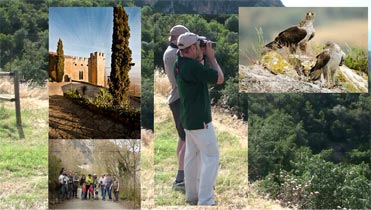
You can read the full story in the accompanying Pdf – just click on the link above.
And the title of this post? Well, we have a great Raptor Card Game and we think it’s a good idea to have short personal stories that can accompany the cards in a separate booklet. Do you have any stories of your own that concern raptors that can be seen in Spain? Would you like to submit them and perhaps see them published here and/or in the Raptor Card Game booklet?
If so, let us have them!!!

